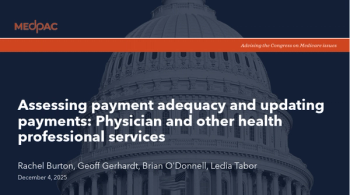
Lack of primary care sparks increase in emergency surgeries for patients
Study examines risks of complications, hospital readmissions to patients in underserved areas.
Lack of primary care physicians is creating greater risk of emergency surgeries for patients in underserved areas.
A new
The timing is crucial for conditions such as colectomy to remove a cancerous area of the colon; hernia repairs; and repair of
“A scheduled surgical case is always better than an emergency case in outcomes, costs and impact on the patient’s life, so the role of the primary care provider in identifying a potential issue, and referring a patient for diagnostic imaging and surgery, can make a major difference in addressing an urgent problem before it becomes an emergency,” Schaefer said.
Among the findings, patients in areas with severe primary care shortages:
- Had greater risk of serious complications from surgery (14.9% vs. 11.7%).
- Had greater risk of hospital readmission (15.7% vs. 13.5%).
“Taken together, these findings suggest that residents of areas with greater primary care workforce shortages may also face challenges in accessing elective surgical care,” the study said.
Schaefer and coauthors said the findings show it is essential to increase the number of primary care physicians and offer incentives so they practice in underserved rural and urban areas. Those incentives could loan forgiveness and restructuring programs to alleviate medical school debt.
It is important for surgeons to understand patients may need emergency surgeries because they don’t have access to a primary care physician, Schaefer said.
“Use the post-surgery hospitalization as a time to intervene and facilitate contact with a primary care provider who can assist with recovery and with other health issues the patient may be facing,” she said. “The role of the primary care doctor as a partner in care of our surgical patients cannot be overstated.”
“Higher Rates Of Emergency Surgery, Serious Complications, And Readmissions In Primary Care Shortage Areas, 2015–19,” was published in Health Affairs.
Newsletter
Stay informed and empowered with Medical Economics enewsletter, delivering expert insights, financial strategies, practice management tips and technology trends — tailored for today’s physicians.















